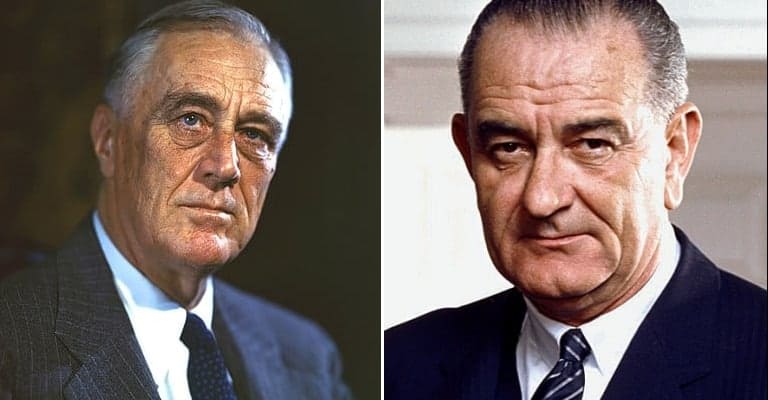The American presidency, although lessened in recent years, has historically enjoyed fervent respect and admiration. The residents of the Oval Office are immortalized by their service, with the greatest among them enshrined into the secular pantheon of the American nation. Four are even depicted in gigantic sixty-foot high representations carved into a mountainside in South Dakota, rivaling the ancient Colossus of Rhodes as a symbol of their supposed greatness. However, whilst the great deeds of these men are recounted and retold over the centuries, their less admirable qualities are more commonly ignored. Elevating them into divine status in a manner not dissimilar to Julius Caesar, history depends upon the accurate remembrance of our forefathers – the recognition of flaws and complexities so that the past is not unduly tainted by unreachable nostalgia and clouded by bias.

Here are 16 American Presidents who had a much darker side they wanted to keep from the public:

16. As testified to in a sworn affidavit, Grover Cleveland “by use of force and violence and without consent” raped a woman in 1874, subsequently using his position as sheriff to cover up the event after it produced an illegitimate child
Grover Cleveland, the 22nd and 24th President of the United States, served as the American head of state from 1885-1889 and again between 1893-1897. During his initial election in 1884, a particularly ill-tempered experience by all accounts, Democratic candidate Cleveland came under scrutiny for allegations he had fathered an illegitimate child ten years prior with a New York woman to whom he continued to pay child support. Acknowledging the fact, Cleveland explained the situation away, stating that, although he had had an affair, the woman had slept with several other married men and he had merely elected to pay for the child, despite not knowing if it was indeed his, out of concern for their well-being.
Characterized as “the courageous way”, Cleveland weathered the political storm. However, despite public acceptance, his laudatory account was simply a lie. In 1874, after months of harassment, Maria Halpin, a thirty-eight-year-old sales clerk in Buffalo, New York, went to dinner with then-Erie Country Sheriff Cleveland. Following their meal, Cleveland escorted her home where he violently raped her. Forced under pressure by Cleveland to give the child up for adoption, she eventually sought to retrieve him. Dragged by Cleveland’s lackeys to Providence Lunatic Asylum, they attempted to have her institutionalized. Released three days later, doctors determined her incarceration was “without warrant” and an abuse of political authority.

